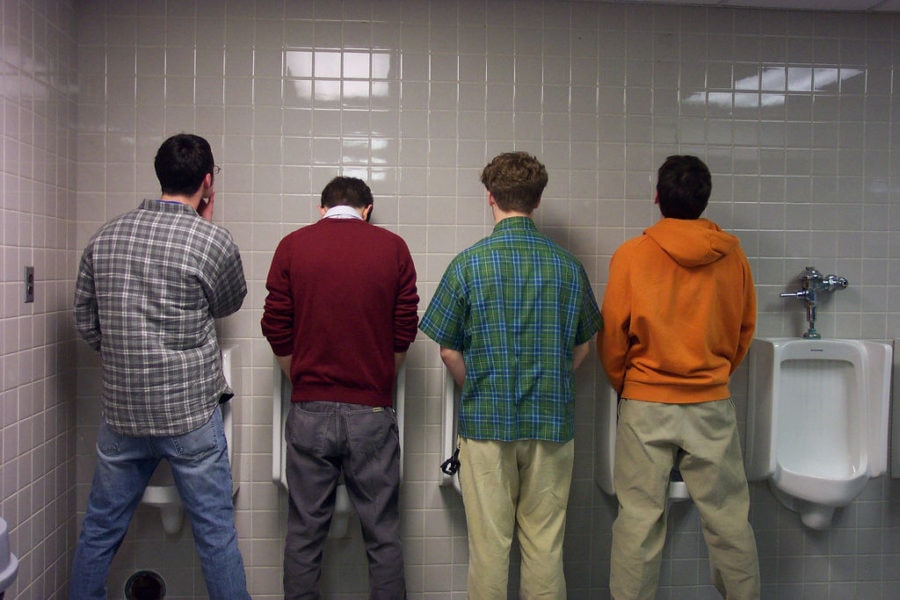If you think you’re in complete control of your body, think again. Sure, you can make decisions like which direction to walk or if you want to stand up. Nevertheless, there are still plenty of things that your body almost automatically does. You don’t even have to think about it or make a decision about whether or not these things occur. They just happen, often without our knowledge or consent. These involuntary and unconscious occurrences are called autonomic functions. They take place automatically, allowing you to function like a well-oiled machine.
Sleeping soundly? Don’t worry; your body will take care of breathing, sweating, and keeping your heart beating on its own. That way, your body keeps you alive whether you are aware of it or not. Pretty cool, huh? But while these functions are almost a given, there are other things your body does without your knowledge that are, well, not so pretty. They are pretty gross, to say the least. Here are 20 of the creepiest things your body does that are out of your control.

Your body is a 24-hour urine factory.
It doesn’t matter if you just peed a few minutes ago or if you’ve been holding it in since this morning – your body will produce urine. And it does so like clockwork, churning out the liquid that fills up your bladder as it attempts to flush out the toxins in your system. It is much like a factory working 24-7 to manufacture a product. Or you could compare the process to a waste treatment facility working round the clock to do the inglorious work of cleaning up. Your body, incredible as it is, works hard to get rid of – let’s face it – a bodily fluid we’d rather not talk about.
Your kidneys, working in sync with some of the other major organs in your body, like the small intestines, work to filter the fluid that your body uses in order to function properly. The liquid, which is about 95% water, is made sterile in the kidneys and then stored in the bladder for eventual disposal. Interestingly enough, your bladder always has the GO signal from the brain to release urine, but why don’t we wet ourselves at the most inopportune times if that is so? Fun fact: when the brain turns off that GO switch, we feel the urge to pee.
